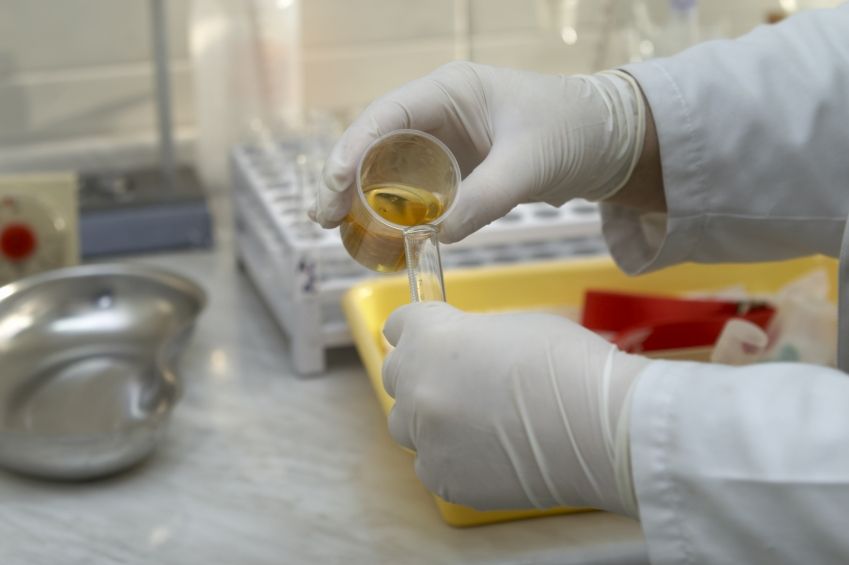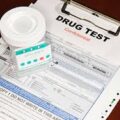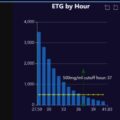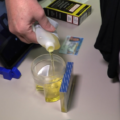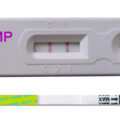A drug test looks for the presence of one or more illegal or prescription drugs in your urine, blood, saliva, hair, or sweat. Urine testing is the most common type of drug screening. A drug test generally requires that you give a urine sample in a lab. For a blood test for drugs, you will go to a lab to provide your sample. During the test, a health care professional will take a blood sample from a vein in your arm, using a small needle. After the needle is inserted, a small amount of blood will be collected into a test tube or vial. You may feel a little sting when the needle goes in or out. This usually takes less than five minutes.
GHB or Gamma-hydroxybutyrate is an illegal drug that is sometimes used as a ‘party drug’ in the dance and club scene. It produces feelings of euphoria, relaxation, and sociability, and an increased urge for sex. GHB acts as a nervous system depressant and poses a risk for dependence. Even a small increase in dose can cause serious effects or death.
GHB is often known as ‘liquid ecstasy’, but it is a completely different drug to ecstasy. Other names for GHB include grievous bodily harm (GBH) or fantasy. GHB was first manufactured and studied in the 1960s and used as a general anesthetic. It was also widely available in the 1980s as a dietary supplement and bodybuilding product. GHB has since been withdrawn from use in many countries because of unwanted side effects. It is now an illegal (illicit) drug in Australia. GHB is sometimes used to spike drinks and has been involved in cases of sexual assault. It is easy to slip it into a drink because it has no color or smell and it can cause drowsiness, sleep, and short-term memory loss. This means that victims may not be able to resist or recall a sexual assault. For this reason, it is sometimes known as a ‘date rape’ drug.
Generally, the effects of GHB are felt within 15 minutes and last for around three hours. GHB effects vary greatly depending on the amount used. A small increase in amount can result in a dramatic increase in its effects. This is one of the most dangerous aspects of using GHB. There is a very small difference between the amount a person may take to produce the desired effect and the amount that results in overdose.
How Long Does GHB Stay in Your System?
When used as an intoxicant or a date rape drug, the average illicit amount of GHB consumed is one to five grams, with about two teaspoons being the average that is mixed into a beverage. Effects begin within 15-30 minutes, although a person who consumes it by accident may not be able to differentiate the first effects from becoming drunk. Sedation and other effects typically last between three and six hours.
About 95 percent of this drug is metabolized by the liver, and it has a half-life of about 30-60 minutes. This means that 50 percent of GHB is eliminated from the body within one hour; on average, 1.83-5.5 hours are needed, depending on dose, to eliminate the drug from the body completely. Studies have shown that mixing GHB with alcohol increases how quickly the drug’s effects begin, which can be dangerous for a person who is accidentally dosed; however, alcohol also increases how quickly the drug is metabolized out of the body, so within 30 minutes to 1.5 hours, GHB may be completely eliminated from the body if it is mixed with alcohol.
One’s weight, body fat, and sex can affect how fast GHB is metabolized. Additionally, eating before taking the drug can slow down the drug’s absorption through the stomach lining. Taking GHB with food or just after eating decreases the absorption rate by about 37 percent. Existing liver problems can also change how the drug is metabolized because most of it is processed in that organ. Kidney function problems may also affect how metabolites are excreted. The remaining 5 percent of GHB metabolites move through the kidneys and bladder.
Can GHB Be Detected In A Drug Test?
Standard drug test does not analyze samples for the presence of GHB because the drug has a short half-life, it may be difficult for average drug tests to detect GHB, especially urine tests; however, other drug tests can be more accurate.
- Saliva: This type of drug test is typically less reliable than urine or blood tests because the presence of most drugs in the saliva is very short-lived. GHB is most detectable in saliva within 10 minutes after it is ingested, although it can remain detectable for six hours after the drug is consumed. A new test using saliva to noninvasively detect the presence of GHB, in the event that a person is hospitalized for poisoning, can rapidly determine the presence of the drug’s metabolites.
- Urine: While GHB is rapidly metabolized through the body, urine drug tests can detect the substance up to 12 hours after it has been ingested. According to the National Highway Traffic Safety Administration (NHTSA), GHB will be most detectable in urine tests after four hours. A recent medical study, published by the American Chemical Society, conducted urine and blood tests every 30 minutes and found that GHB was most detectable up to two hours after it was consumed. During that time, it was also still distinguishable from other intoxicating or prescription substances. Urine tests for GHB are only valid within 12 hours after the person has ingested the intoxicant and should not remain in a drug testing lab. The laboratory for the Federal Bureau of Investigation (FBI) at Quantico reports that urine samples left contained in a refrigerator in the lab spontaneously produce GHB after six months due to small amounts of this chemical’s natural presence in the human body.
- Blood: Blood tests are among the most effective drug tests when trying to determine if a person has taken GHB. This substance can be detected in blood tests up to 72 hours, or three days after the drug has been consumed. Concentrations of GHB in the blood peak around 30 minutes after it is ingested, but metabolites remain circulating for much longer after the peak.
- Hair: Although hair tests are an effective way to detect many intoxicating drugs, like marijuana or meth, there is no reliable hair test to detect GHB.
ALSO READ: Can Synthetic Urine Be Detected In A Drug Test?

